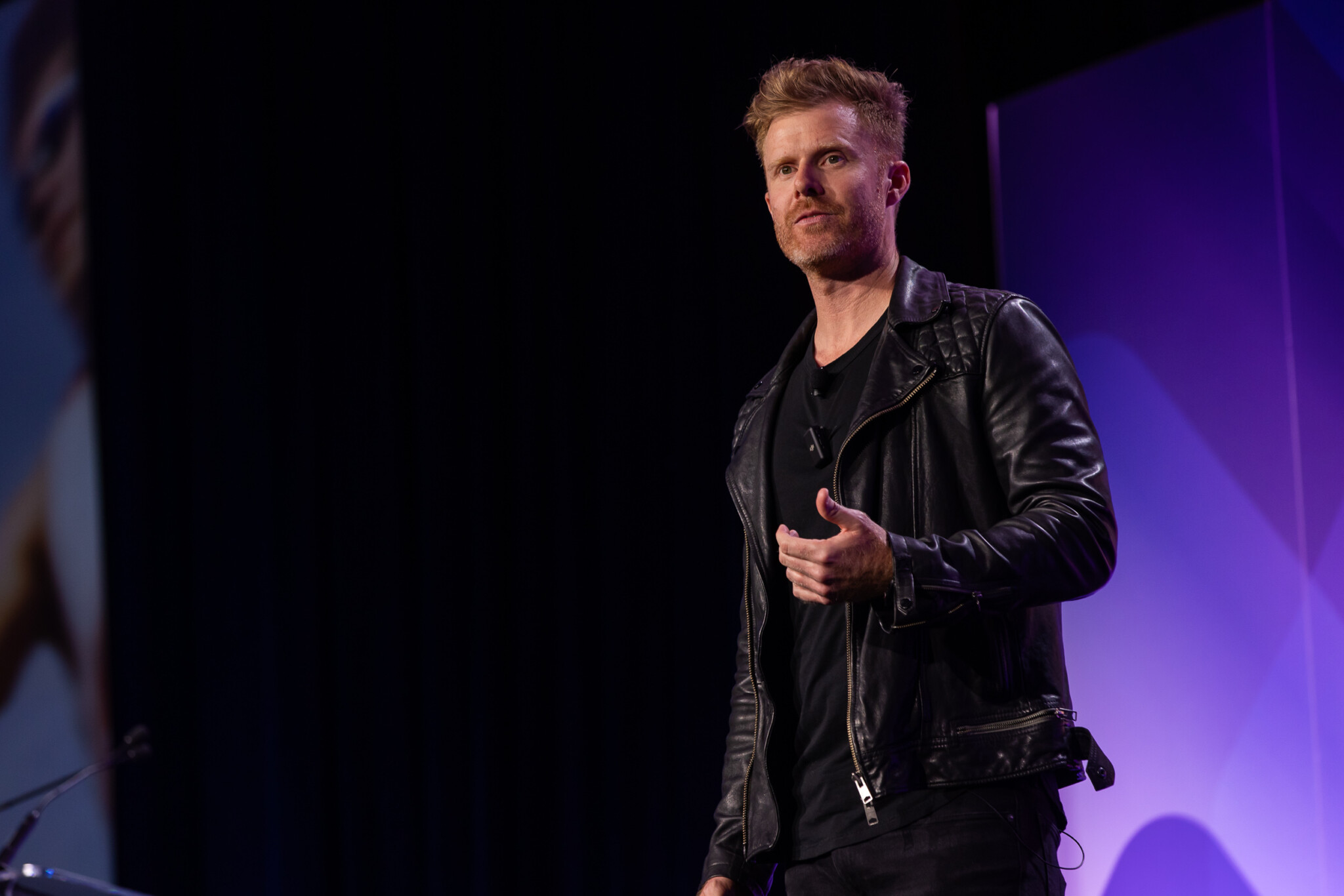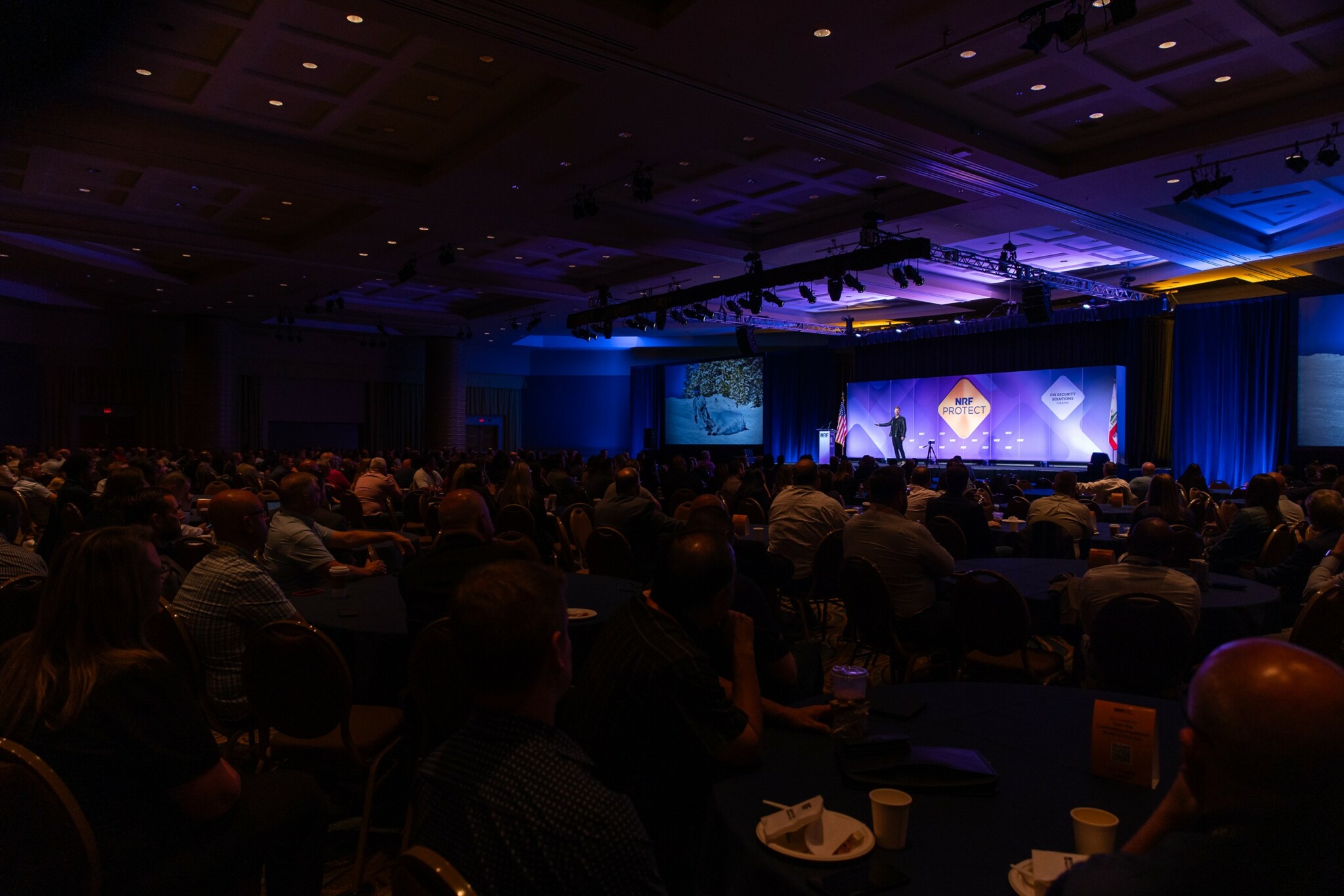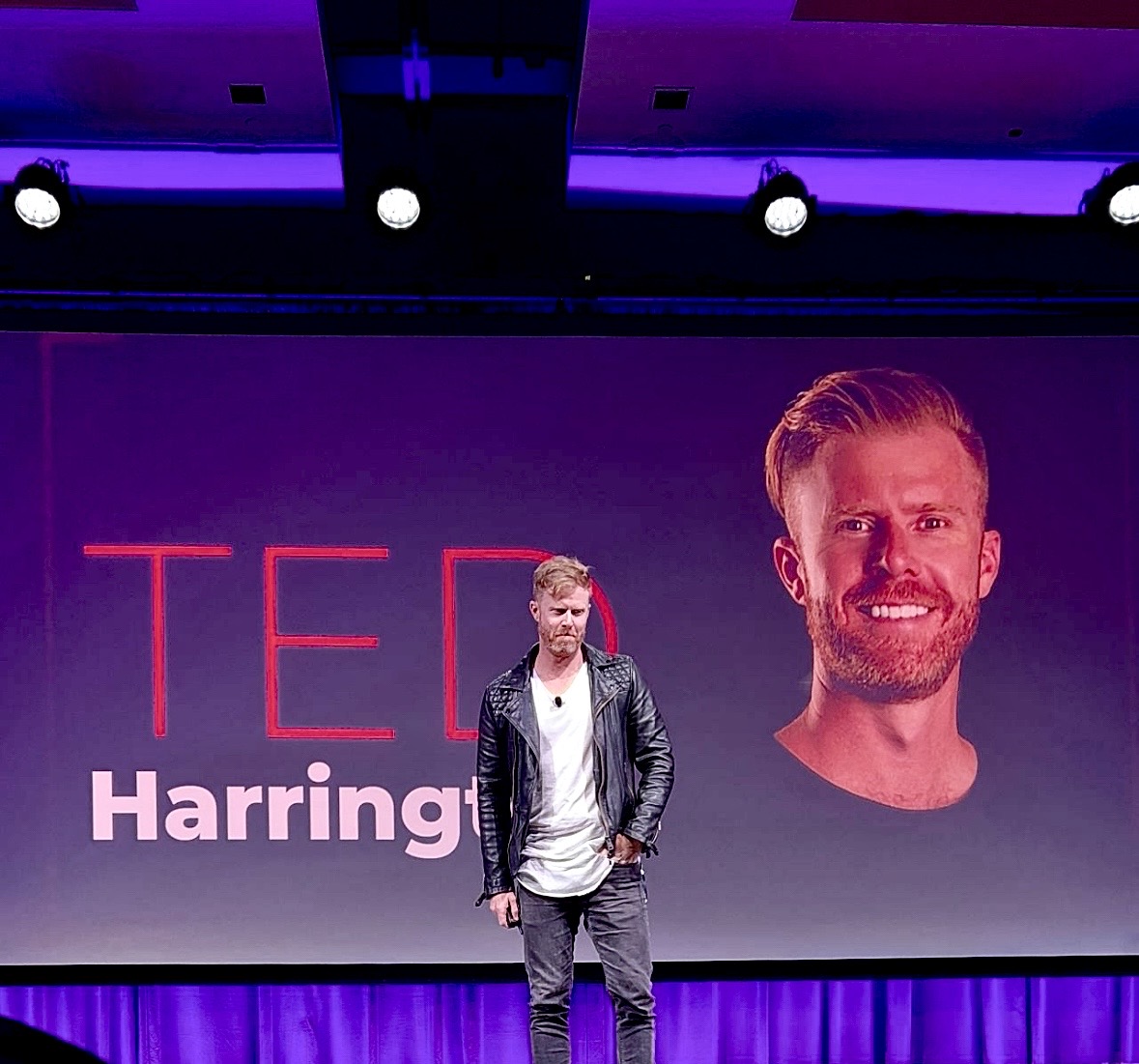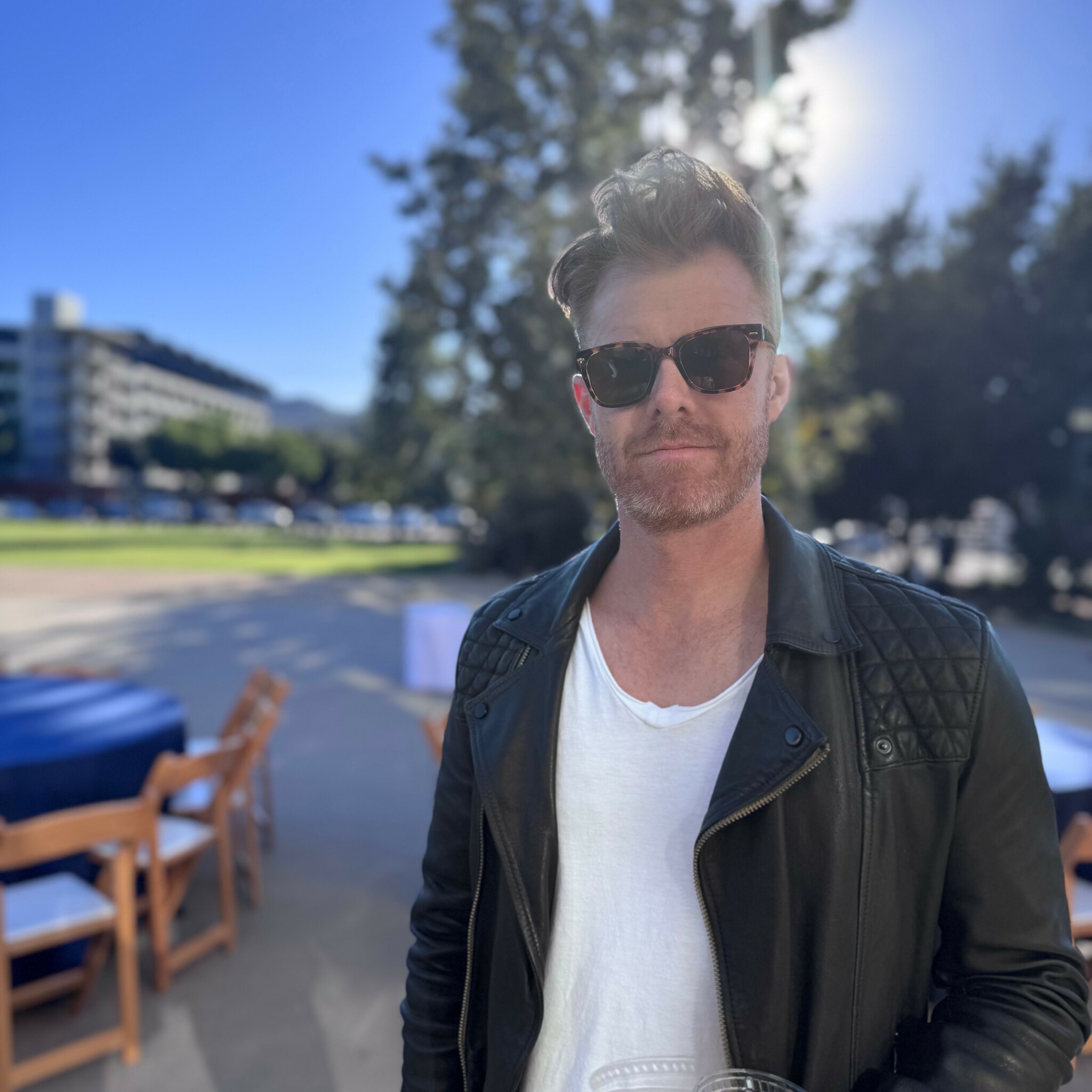We caught up with the brilliant and insightful Ted Harrington a few weeks ago and have shared our conversation below.
Ted, looking forward to hearing all of your stories today. Alright, so we’d love to hear about how you got your first client or customer. What’s the story?
ISE was born out of a PhD research project at Johns Hopkins in 2005, sparked by a challenge that security researchers and hackers alike find irresistible: something labeled as “unhackable.” At the time, car manufacturers relied on a system called the car immobilizer to prevent vehicle theft. This system worked by establishing a cryptographic handshake between the car’s onboard computer and a tiny chip embedded in the key. If the chip’s response was correct, the engine would start; if not, the system would “immobilize” the vehicle, making traditional mechanical key copying obsolete.
At the time, this system was widely regarded as impenetrable. But when my business partner, Steve Bono, and several of his colleagues at Hopkins heard that claim, they saw it as an invitation: Challenge accepted.
Our team set out to test whether the immobilizer could truly withstand an attack. Over the course of a few weeks, they reverse-engineered the cryptographic algorithm, built a prototype of a weaponized software radio, and refined it until they had a working exploit. The research culminated in a dramatic proof-of-concept: they successfully started a Ford Escape without the authentic key.
That moment was pivotal. Not only had the team exposed a significant vulnerability in vehicle security, but also something bigger—if cars had security flaws, so did countless other critical systems. There was a probably a business there.
So, when preparing to publish the findings, the team made a strategic decision: form a company.
Sure enough, customers came calling.
The research made waves globally, covered by The New York Times and major media outlets around the world. And then, the phone started ringing.
Companies were calling, saying:
“You understand how hackers think. You understand how they break systems. We’re building something critical—can you help us make it more secure?”
That’s how we got our first client. Not through cold calls or sales pitches, but by publishing research that resonated with the kind of people we knew we could help.
Nearly 20 years later, that same ethos remains at the core of ISE. We exist to help companies find and fix security flaws before they can be exploited, ensuring they build safer, more resilient systems.
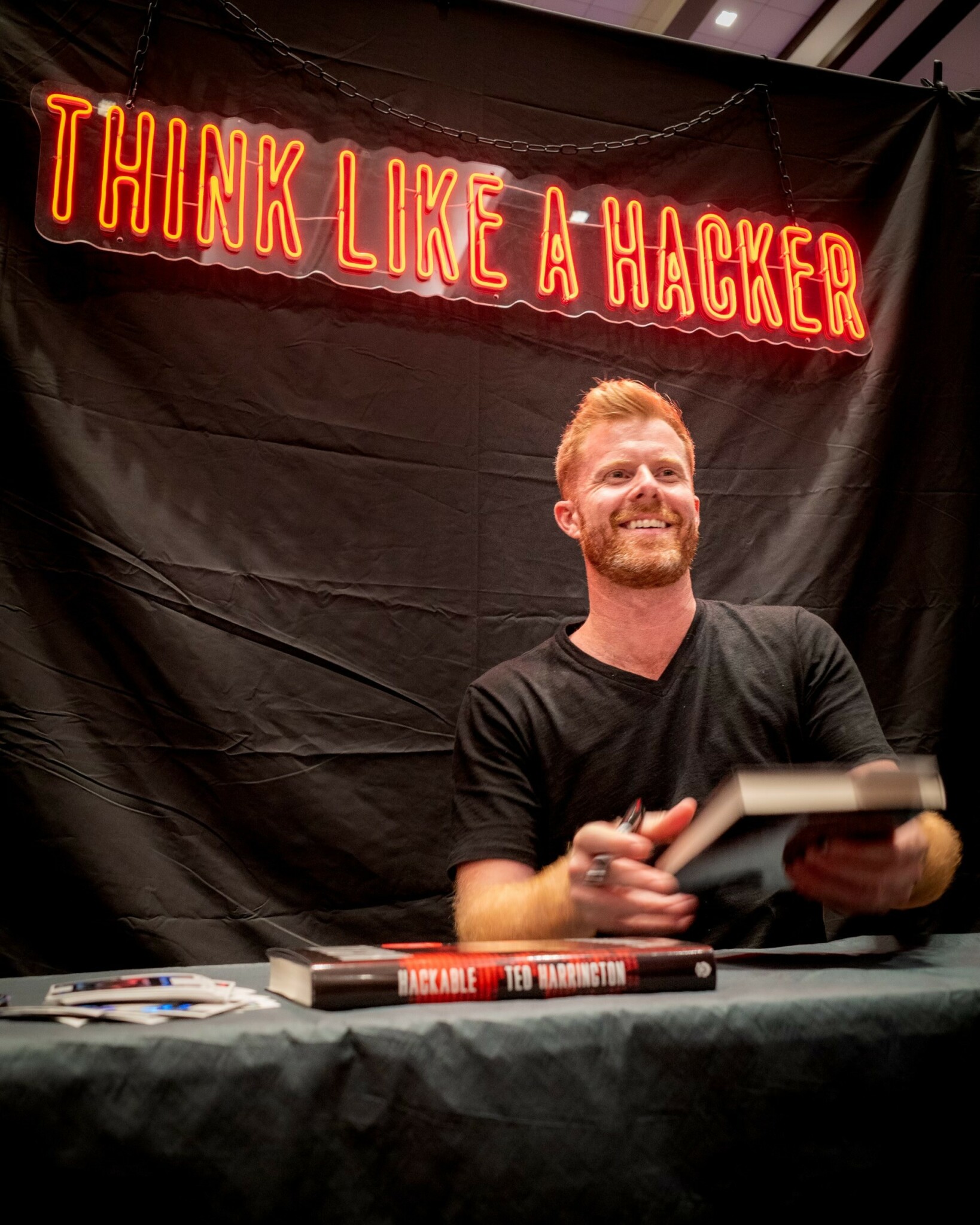
Ted, love having you share your insights with us. Before we ask you more questions, maybe you can take a moment to introduce yourself to our readers who might have missed our earlier conversations?
At ISE, we come from a specialized subset of cybersecurity known as ethical hacking—a field that operates at the intersection of offense and defense. Ethical hackers use the same tools, techniques, and methodologies as malicious hackers, but we do so for a different purpose: to strengthen security, not exploit it.
The companies we help are those building systems that protect something valuable. That could be:
• A financial application that safeguards sensitive data,
• A movie production that secures unreleased content,
• A manufacturing system that ensures industrial processes aren’t disrupted,
• Or an IoT device that needs to prevent unauthorized access.
Our job is to understand how attackers would target these systems, identify vulnerabilities before the bad guys do, and help make them more secure.
We offer a range of security services that are designed to help organizations think like an attacker and build stronger defenses. These include:
• Penetration Testing: Simulating real-world attacks to uncover vulnerabilities before they can be exploited.
• Red Teaming: A more advanced form of ethical hacking where we mimic highly sophisticated adversaries, testing an organization’s ability to detect and respond to attacks.
• Security Training: Educating teams on how hackers operate, so they can design more secure systems from the start.
• Security Consulting: Helping companies integrate security into their design, development, and deployment processes.
Our work has been at the forefront of security research for nearly two decades. We were:
• The first company to hack the iPhone when it was released.
• The first to hack Android OS when it launched.
• Pioneers in hacking cars, medical devices, password managers, dating apps, and IoT devices.
• The team behind groundbreaking security research that has influenced industries worldwide.
Our focus has always been on pushing the boundaries of what’s possible in security, not just for the sake of breaking things but to ensure that the technology we all rely on is safer, smarter, and better prepared for the evolving threats of tomorrow.
At ISE, we don’t just find security flaws—we help fix them.

How’d you meet your business partner?
Steve and I met more than 13 years ago, at a time when both of us were in transition—personally and professionally. Steve had founded the company we now run together, but after buying out his co-founders, he was essentially starting over, relaunching the company with a new vision. Meanwhile, I was at a point in my career where I felt disconnected from my work. I wasn’t surrounded by people who challenged me, and I didn’t feel like what I was doing truly mattered. I was ready for something different.
As luck—or fate—would have it, one of Steve’s closest friends also happened to be one of mine. That friend, after hearing both of us talk about what we were looking for, suggested, “You two should meet.”
At the time, I was living in San Diego, and Steve was in Baltimore. On a Saturday morning, I took the first flight out to Baltimore, and by that evening, we were sitting across from each other at dinner, instantly clicking.
We’re different in some ways, similar in others, but the way our minds work together is deeply complementary. Those differences and similarities don’t just coexist—they amplify one another. And we recognized that immediately, literally over dinner.
The next morning, I was on the first flight back to San Diego. A short trip, but it was enough. We knew we should try this.
And it’s been an incredibly rewarding partnership ever since. We push each other when we need to be pushed. We lean on each other when we need support. Our skills are complementary, and we’ve built something that works—not just in business, but in friendship.
Steve has become one of the most important people in my life—a true advisor, a true friend. The gratitude I have for our partnership, the team we’ve built, and the meaningful work we get to do every day is enormous. I look at where we are now—running this company alongside some of the smartest people I’ve ever met, solving problems for world-renowned companies—and I’m just grateful.

We often hear about learning lessons – but just as important is unlearning lessons. Have you ever had to unlearn a lesson?
Early in my career, I realized that one of my strengths—and one of the things companies needed most from me—was strategy. I had a natural ability to think in terms of vision: Where are we going? What are we trying to accomplish? What’s the best way to get there? What needs to change today to create the outcomes we want tomorrow?
I learned quickly that thinking multiple steps ahead is crucial for success. Effective leaders must anticipate the future, align actions with long-term goals, and keep teams focused on the bigger picture. But along the way, I also had to unlearn something: going fast doesn’t always mean moving quickly. In fact, sometimes trying to move too fast actually slows everything down.
For a long time, my instinct as a leader was to see the destination, define the course, and expect everyone to start rowing in that direction. If we all know where we need to go, shouldn’t we just start moving? But over time, I kept running into a friction I couldn’t ignore.
What I had to unlearn was the assumption that just telling people where to go and how to get there was enough. It wasn’t. Teams—especially high-performing ones—don’t just want a destination handed to them. They want to be part of the navigation. They want to help define the strategy, shape the tactics, and decide the course we take to get there. They need ownership in the journey, not just the destination.
At first, this realization was jarring. My instinct was to say, “The goal is clear. We obviously need to go in that direction. So let’s just start doing steps A, B, and C.” But time and time again, I found that approach met resistance—not because people disagreed with the goal, but because they weren’t engaged in deciding how to reach it.
I had to learn that my role as a leader isn’t just about defining the vision—it’s about co-creating the path. When I bring people into the process, when I slow down and take the time to engage them in shaping the plan, something incredible happens:
• Morale skyrockets. People feel ownership over the mission.
• Energy and motivation increase. Teams pursue the goal with more urgency and enthusiasm.
• Execution improves. The plan isn’t just something they were told to follow—it’s something they helped build.
This is still a work in progress for me. I run into this challenge often because my natural tendency is to move fast and think far ahead. But every time I get it right—every time I step back, slow down, and bring others into shaping the strategy—it’s incredibly rewarding. The difference in momentum, engagement, and results is undeniable.
So, the lesson I had to unlearn? Moving fast alone doesn’t create speed. True momentum comes when people feel invested in the journey—because when they help build the map, they’ll move mountains to reach the destination.
Contact Info:
- Website: https://ise.io ; https://tedharrington.com
- Instagram: @securityted
- Linkedin: https://www.linkedin.com/in/securityted
